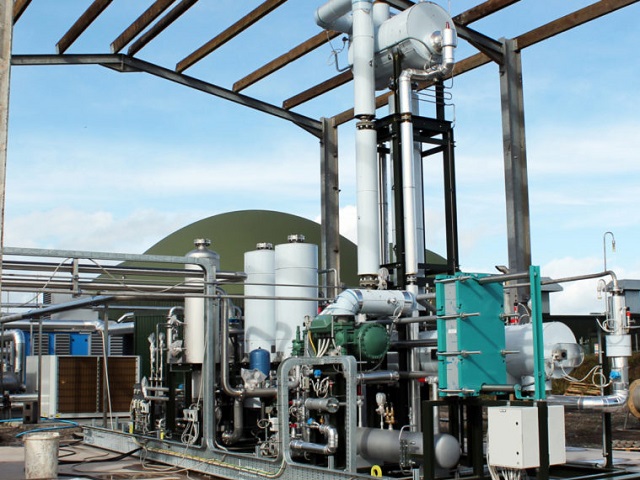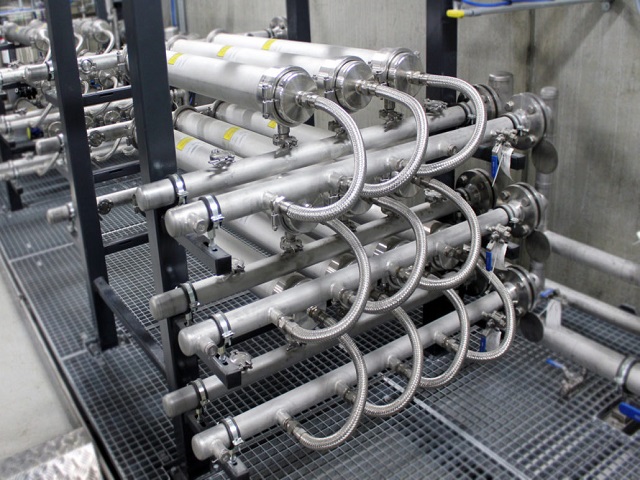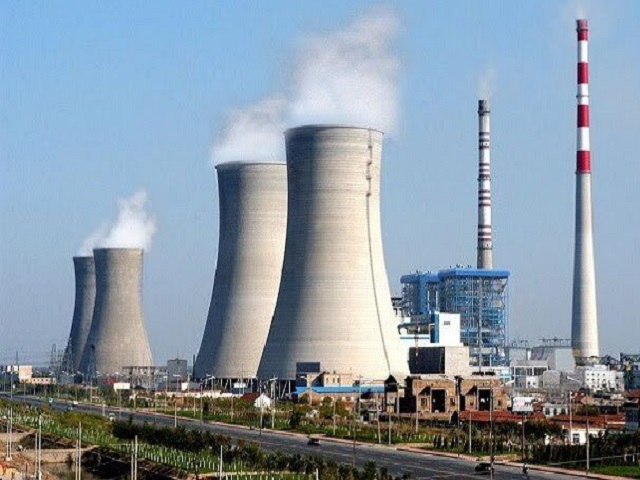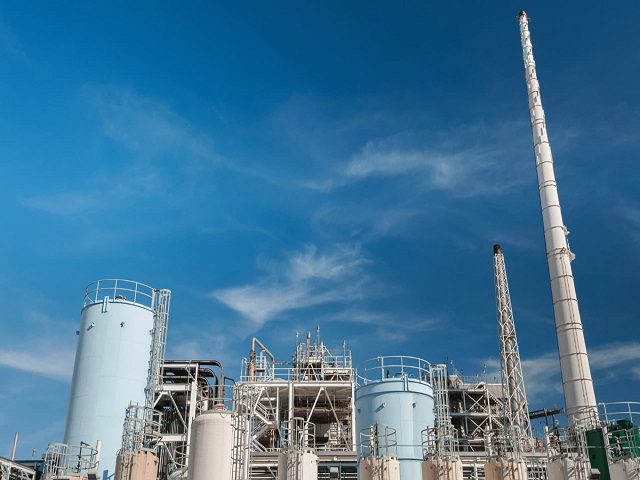Metal Organic Framework (MOF)
Kerone Engineering Solutions Ltd. is a leading company in the provision of advanced industrial heating, drying, and process solutions of engineering globally. Having more than 50 years of expertise, we are experts in designing, producing, and delivering custom-made, state-of-the-art systems to meet the ever-changing requirements of the industries across the globe.
We have been involved in engineering excellence, sustainability, digitalization, and technological innovation to become a reliable collaborator whose business partners are in various industries. Kerone will implement Artificial Intelligence (AI), Machine Learning (ML), and Internet of Things (IoT) technologies in our systems to ensure smarter automation, real-time monitoring, predictive maintenance, and process optimization that is data-driven, thus enabling our clients to be more productive, efficient, and reliable.
The Kerone systems are designed to meet Industry 4.0, which leverages AI-powered analytics and IoT connections to provide clients with data insights and intelligent automation to manufacture next-generation products.
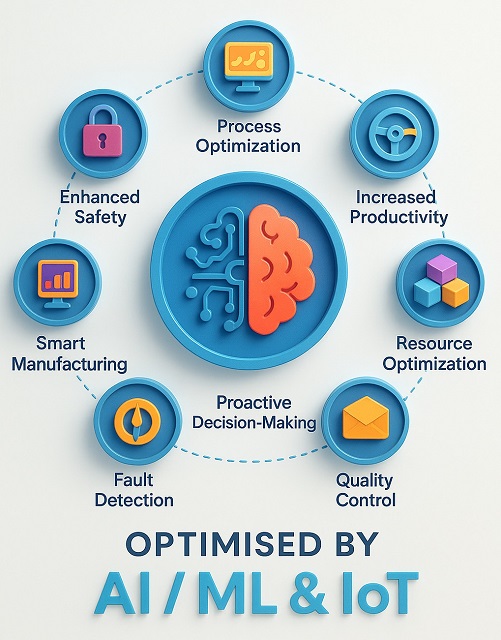
We at Kerone with a team of passionate engineers and innovators are committed to push the boundaries of Metal Organic Framework (MOF) research and development. We are dedicated to harness the extraordinary properties of MOF and translate them into practical solutions that address the pressing challenges of our time.
Metal Organic Framework (MOF) were found as a byproduct of several chemical reaction. The unique chemical and structural qualities of MOF like their uniform pore architectures, tunable porosity and flexibility in network topology, geometry, size and chemical functionality has attracted researchers and product developers.
What are MOFs?MOFs are three dimensional crystalline structures that consist of metal ions and ligand molecules. The surface area and porosity of metal-organic frameworks is as high as 7000 m2/g.
Almost unlimited combination of metals and linkers make possible incredibly flexible control over the shape and size of pores. One of the numerous advantages of MOFs is that they have a high surface area because of their cage-like structure. It has the ability to act as a filter through which the trap or absorb certain chemical compounds.
MOF has seen increased commercial interest for gas storage and separation, purification, electrochemical, energy storage and sensing applications. The traditional means of manufacturing MOFs has always been so costly, but our continuous process for hydrothermal synthesis is compatible with such a market. Moreover, we collaborate with different research organizations in developing novel MOFs and converting batch to flow manufacturing approaches.
Key Features of MOF- Porous Structure
- Exceptional Surface Area
- Tunable Pore Size
- High Adsorption Capacity
- Innovative Catalysis
- Biocompatibility
- Active Research Area
- Gas Storage and Separation
- Carbon Capture and Storage
- Catalysis
- Drug Delivery
- Sensing and Detection
- Water Harvesting
- Chemical Separation
- Luminescent Materials
- Photo catalysis
- Nan medicine
- Environmental Remediation
- Gas Sensing
- Solar Energy Capture and Conversion
